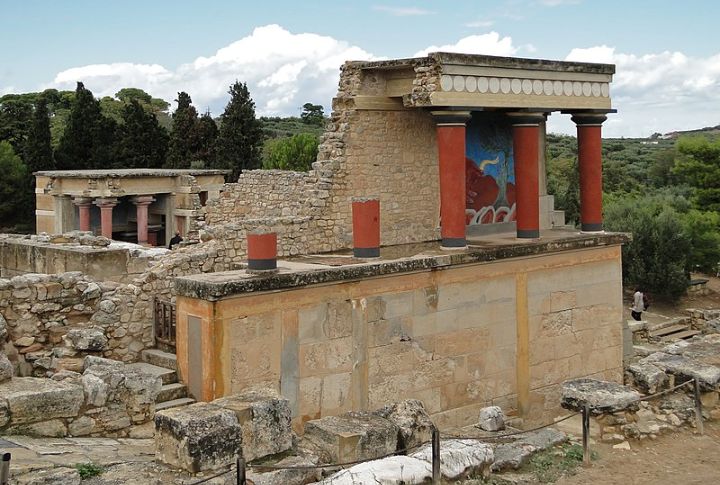
History textbooks love to portray ancient peoples as primitive, but archaeological discoveries keep proving otherwise. Some of those civilizations developed technologies and systems that would make modern engineers do a double-take. Want to know which ones we’re talking about? Here are twelve ancient societies that were way ahead of their time.
Indus Valley Civilization’s Urban Sanitization
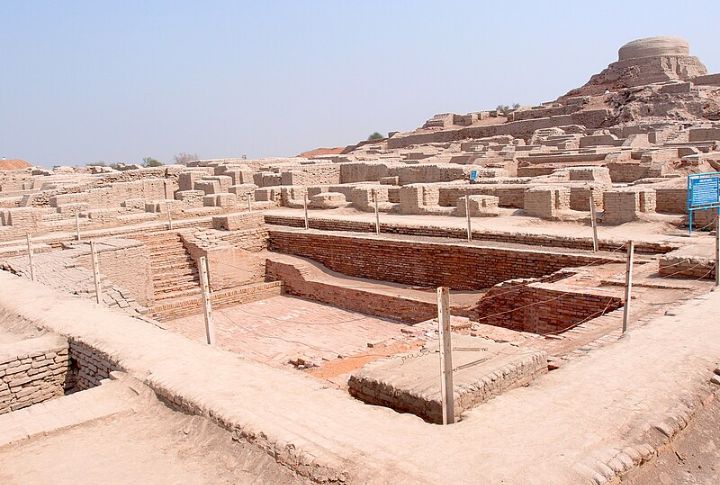
Forget outhouses and chamber pots. The Indus Valley Civilization built the world’s first urban sanitation systems, complete with covered drains and sophisticated plumbing in nearly every house. Sewage flowed through underground drains made with precisely laid bricks, directing wastewater from homes to covered street drains like ancient city infrastructure.
Nabatean Hydraulic Engineering At Petra
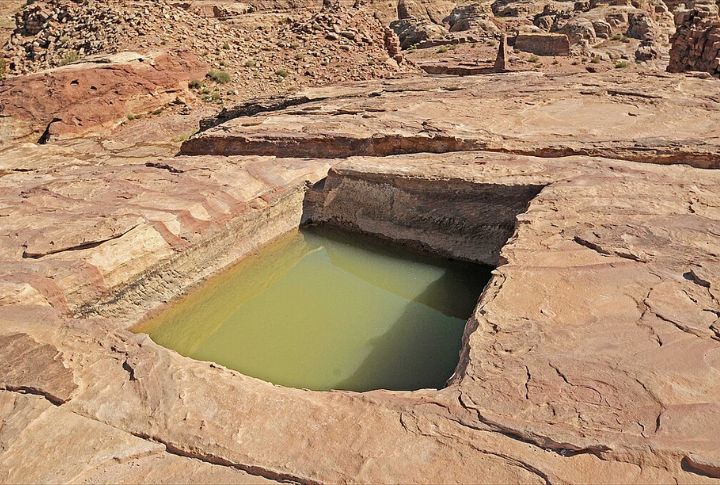
Building a thriving metropolis in the desert sounds impossible, right? The Nabateans did it long ago. They engineered an intricate network of dams, cisterns, and aqueducts to supply water to Petra. The channels were carved directly into rock and massive reservoirs that captured every precious drop of rainwater.
The Antikythera Mechanism
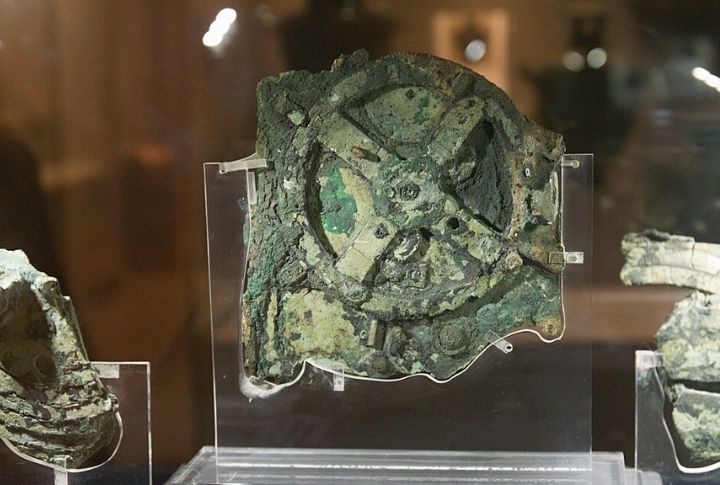
This ancient Greek analog computer predicted celestial events with shocking accuracy. Its mechanical complexity wasn’t matched for over a thousand years after its creation. Think about that: the Greeks built something so advanced that humanity couldn’t replicate it for a millennium. The device could forecast solar and lunar eclipses decades ahead.
Inca Ashlar Masonry
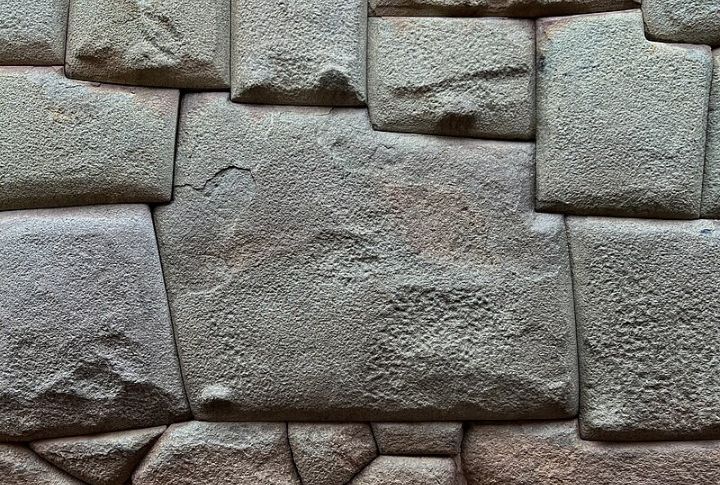
The Incas fitted massive stones together so perfectly that you can’t slip a knife blade between them, and they did it without any mortar. Their precision stonework creates structures that laugh at earthquakes while modern buildings crumble. Some walls feature stones with twelve angles, all fitting flawlessly with neighboring blocks.
Roman Concrete With Volcanic Ash
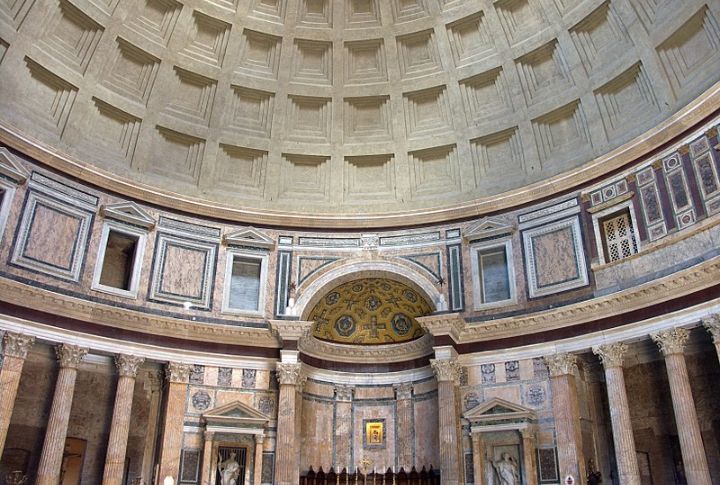
Ancient Romans discovered that mixing volcanic ash into their concrete allowed it to harden underwater and last for millennia. This chemical recipe created structures still standing today, outlasting most modern construction. The formula was lost for centuries, leaving engineers scratching their heads about how Roman harbors survived constant seawater exposure.
Maya Astronomical Calendars
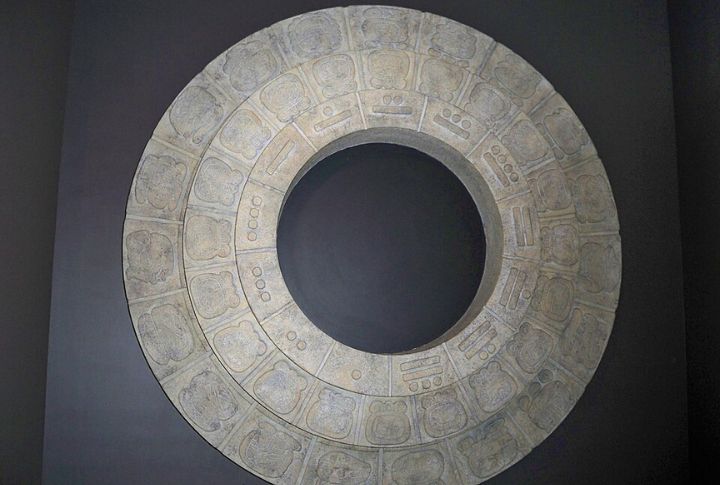
The Maya developed incredibly accurate astronomical calendars, including their famous Long Count system, and independently invented the mathematical concept of zero. They tracked solar eclipses and planetary movements with remarkable precision. Those people created calculations so sophisticated that they sparked the “end of the world” panic worldwide when their calendar cycle completed in 2012.
Indus Valley Standardized Weights And Measures
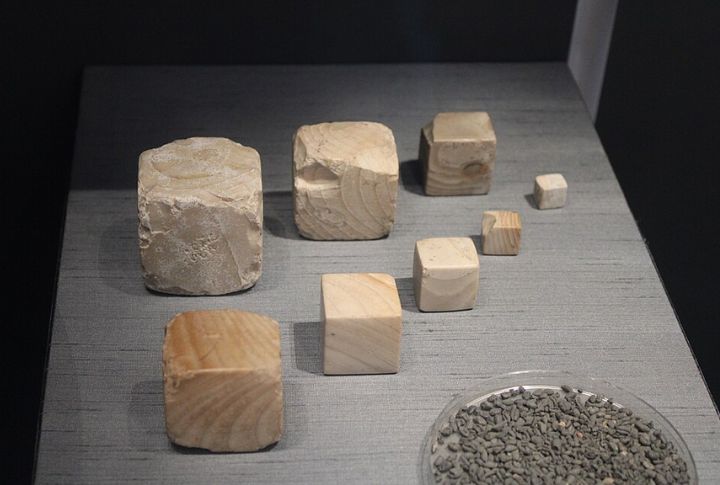
They coordinated a standardized measurement system across thousands of miles without phones, internet, or even a postal service. The Indus Valley Civilization pulled it off by using identical weights and measures throughout its vast territory. This uniformity shows a highly organized trade and economic system that would impress modern logistics companies.
Aksumite Empire Coinage
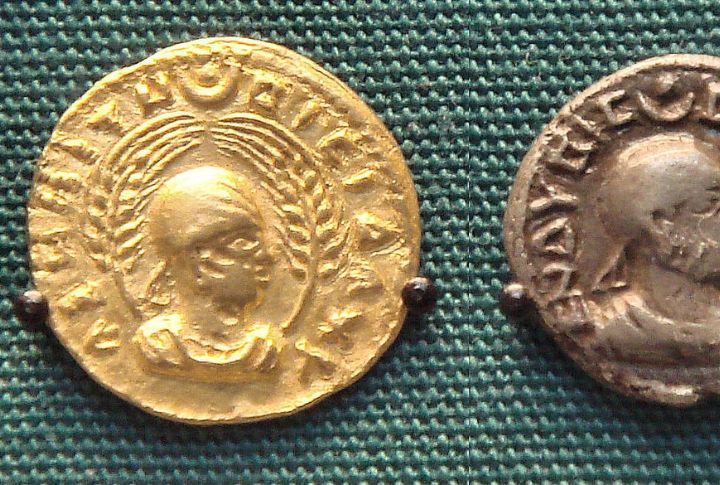
The Aksumite Empire joined the big leagues by becoming one of the first African kingdoms to mint its own gold, silver, and copper coins. It wasn’t just about money, but the announcement of Aksum’s arrival on the global trade stage. These coins featured inscriptions in Ge’ez and sometimes the ruler’s face, broadcasting power across ancient trade routes.
Ancient City Of Cahokia
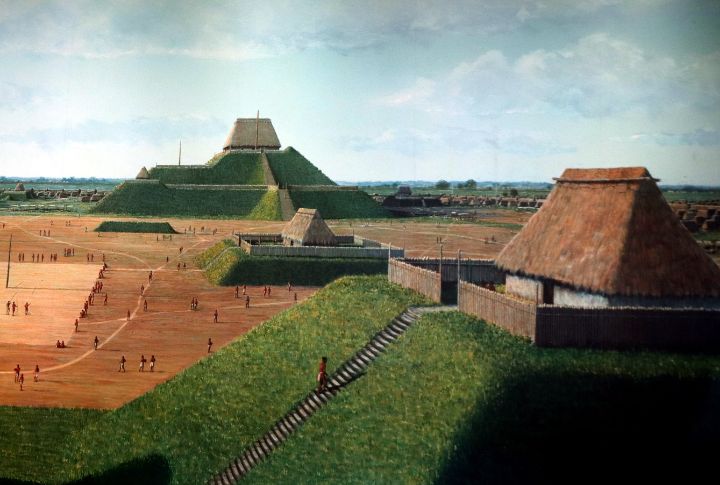
North America’s pre-Columbian societies were far more complex than your high school history class suggested. Cahokia featured massive earthen monuments and structured plazas, with Monks Mound covering fourteen acres and rising a hundred feet high. At its peak, this city’s population potentially matched contemporary European cities, which shattered numerous assumptions about ancient North American civilization.
Minoan Palaces At Knossos
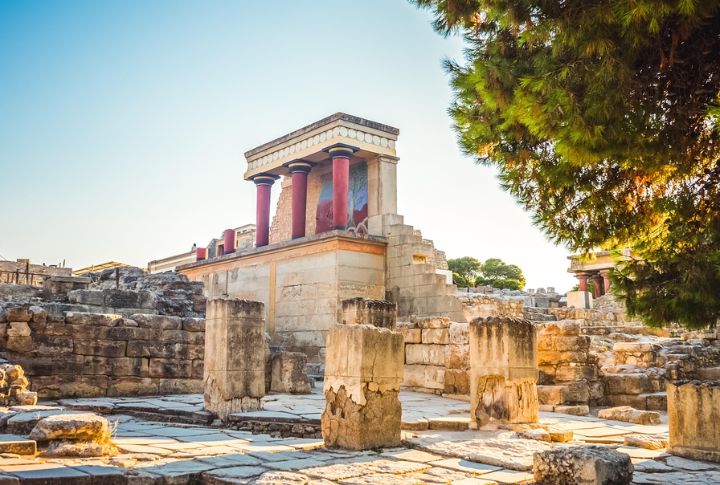
The Minoans constructed elaborate multi-story palaces at Knossos with light wells and advanced drainage systems that would make sense in a modern building. Maze-like layouts speak of a sophisticated, centralized society, which inspired the legendary myth of the Minotaur. The vibrant frescoes at the palaces depicting bull-leaping and marine life still captivate visitors today.

